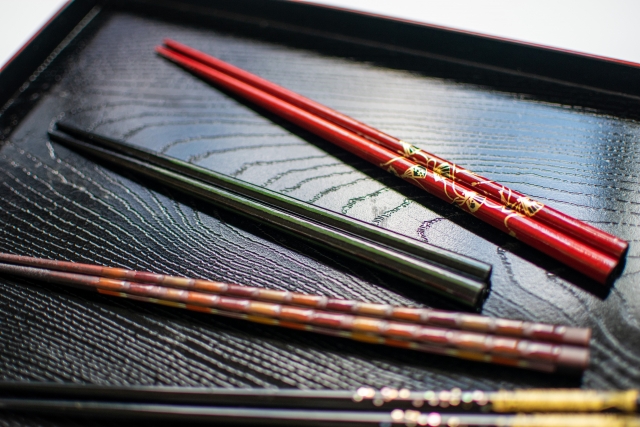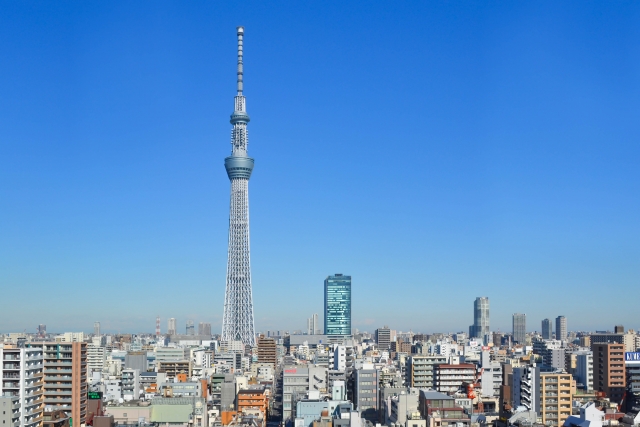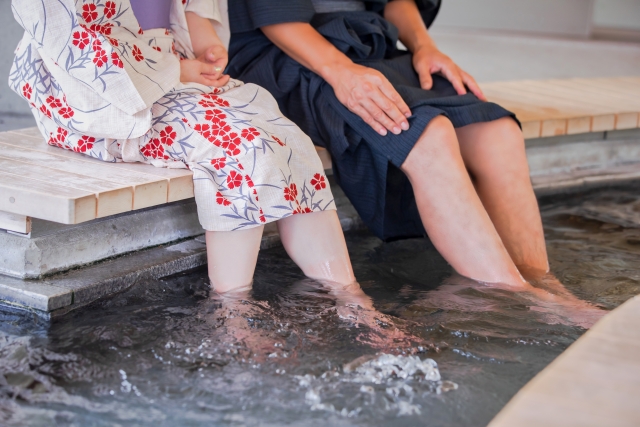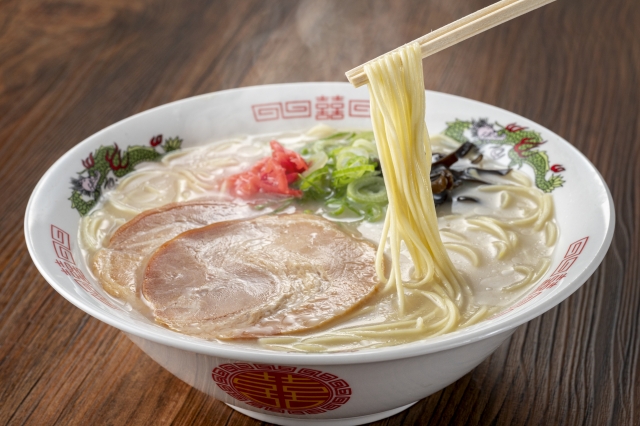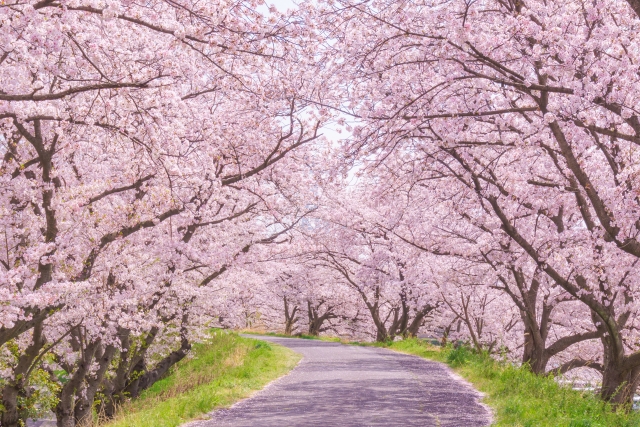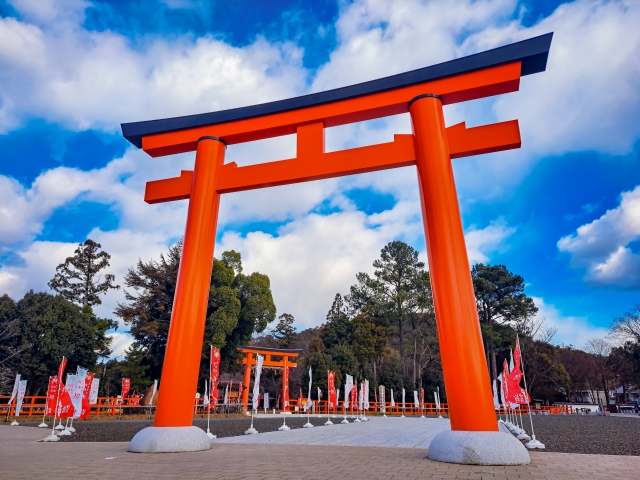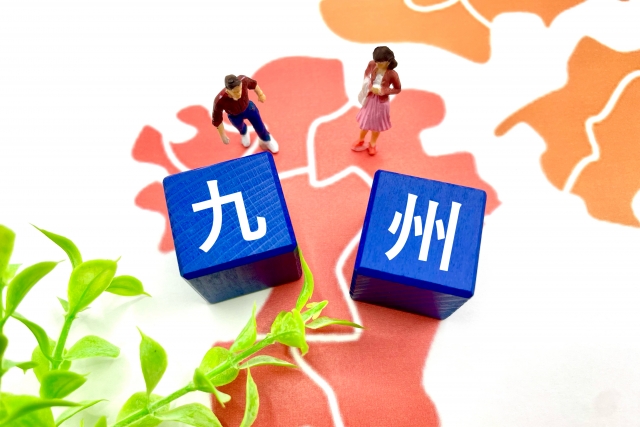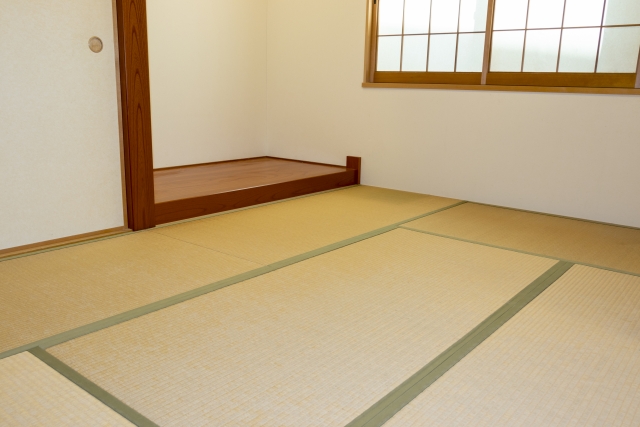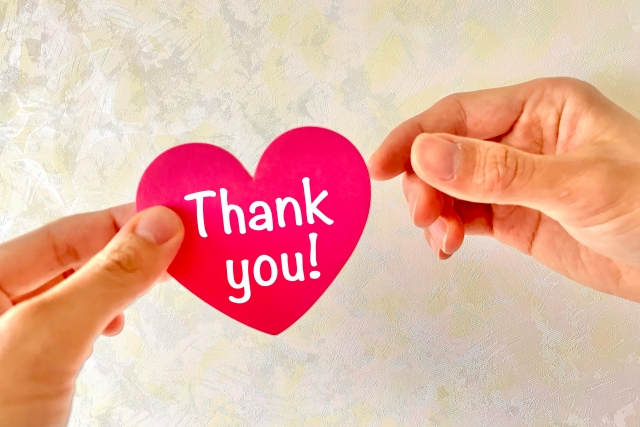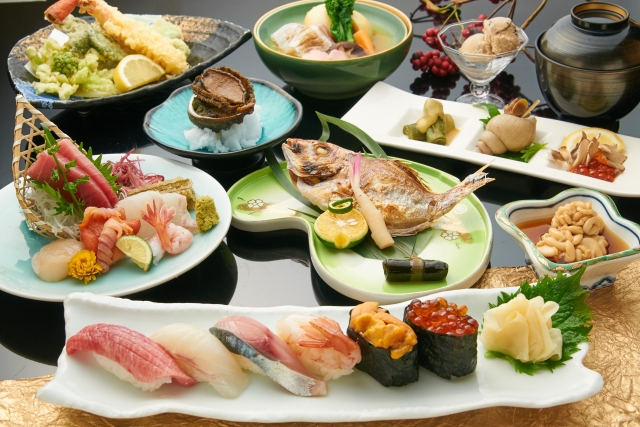Chopsticks are always used when eating Japanese food in Japan, but when did they come to Japan and how did they take root in the Japanese culture? The more you know about the history of chopsticks, the more you will like them and want to use them.


 The chopsticks that are unique to Japan are lacquered chopsticks. These wooden chopsticks are coated with lacquer and decorated in various ways, and were born in the Edo period. Wakasa-nuri chopsticks, Wajima-nuri chopsticks, and Tsugaru-nuri chopsticks are well known. There are reasonably priced chopsticks that can be used on a daily basis, as well as luxury chopsticks that are decorated with gold dust, so you can choose the ones that best suit your needs. These chopsticks, with their very Japanese delicate techniques and beautiful designs, are suitable as souvenirs from Japan. With the spread of Japanese and ethnic food around the world, more and more people outside of Asia are using chopsticks well, and their popularity as souvenirs is increasing.
If you want to buy them, you can find them on the Internet, in souvenir shops in tourist spots in Japan, or in the tableware section of department stores. If you want a larger variety of chopsticks to choose from and a special one to commemorate the occasion, I recommend visiting a specialty chopstick store. Some stores will even let you put your name on the chopsticks you buy, so you can enjoy using them as your own chopsticks.
The chopsticks that are unique to Japan are lacquered chopsticks. These wooden chopsticks are coated with lacquer and decorated in various ways, and were born in the Edo period. Wakasa-nuri chopsticks, Wajima-nuri chopsticks, and Tsugaru-nuri chopsticks are well known. There are reasonably priced chopsticks that can be used on a daily basis, as well as luxury chopsticks that are decorated with gold dust, so you can choose the ones that best suit your needs. These chopsticks, with their very Japanese delicate techniques and beautiful designs, are suitable as souvenirs from Japan. With the spread of Japanese and ethnic food around the world, more and more people outside of Asia are using chopsticks well, and their popularity as souvenirs is increasing.
If you want to buy them, you can find them on the Internet, in souvenir shops in tourist spots in Japan, or in the tableware section of department stores. If you want a larger variety of chopsticks to choose from and a special one to commemorate the occasion, I recommend visiting a specialty chopstick store. Some stores will even let you put your name on the chopsticks you buy, so you can enjoy using them as your own chopsticks.
 Picking up chopsticks carelessly does not look very elegant. The correct way to pick up chopsticks is to hold them in front of your chest with your dominant hand, and support them with your other hand underneath. Then slide your dominant hand down to hold them, and release your other hand.
Picking up chopsticks carelessly does not look very elegant. The correct way to pick up chopsticks is to hold them in front of your chest with your dominant hand, and support them with your other hand underneath. Then slide your dominant hand down to hold them, and release your other hand.
 Hold the thick end of the chopsticks a little lower with your dominant hand, hold the upper chopsticks between your index and middle fingers, support the lower chopsticks with the base of your ring finger and thumb, and move only the upper chopsticks to pick up the food.
Hold the thick end of the chopsticks a little lower with your dominant hand, hold the upper chopsticks between your index and middle fingers, support the lower chopsticks with the base of your ring finger and thumb, and move only the upper chopsticks to pick up the food.
 If a chopstick rest is prepared, place the chopsticks so that the tips of the chopsticks stick out from the chopstick rest by 3 to 5 cm. If the chopsticks are in a paper chopstick bag, place them out of the way during the meal and return them to the chopstick bag after the meal.”
If a chopstick rest is prepared, place the chopsticks so that the tips of the chopsticks stick out from the chopstick rest by 3 to 5 cm. If the chopsticks are in a paper chopstick bag, place them out of the way during the meal and return them to the chopstick bag after the meal.”
 Here are some bad examples of using chopsticks that are considered vulgar in terms of hygiene and in a Japanese sense.
Here are some bad examples of using chopsticks that are considered vulgar in terms of hygiene and in a Japanese sense.
 Placing chopsticks over a bowl in the middle of a meal is not necessarily a bad thing, but it can be misinterpreted as a sign of “”gochisosama””, which means you finished your meal.
Placing chopsticks over a bowl in the middle of a meal is not necessarily a bad thing, but it can be misinterpreted as a sign of “”gochisosama””, which means you finished your meal.
 You should never stick your chopsticks into the rice and stand them up. It is only allowed during a Buddhist funeral when the rice is offered at the dead person’s bedside, so it is a very bad sign at a meal.”
You should never stick your chopsticks into the rice and stand them up. It is only allowed during a Buddhist funeral when the rice is offered at the dead person’s bedside, so it is a very bad sign at a meal.”
 The bad examples mentioned above are just a few of the examples to keep in mind when using chopsticks. However, for non-Japanese people, it is really hard to remember so many manners when even using unaccustomed chopsticks is so difficult. However, even Japanese people do not know all the correct ways to use chopsticks, so it is better to just enjoy the Japanese culture without being too nervous about using them.
Japanese chopsticks have a long history of being used and loved since ancient times, and there are many beautiful chopsticks available as traditional crafts. By eating with or buying chopsticks, you will be able to feel the culture that has been recorded in the history of Japan.
The bad examples mentioned above are just a few of the examples to keep in mind when using chopsticks. However, for non-Japanese people, it is really hard to remember so many manners when even using unaccustomed chopsticks is so difficult. However, even Japanese people do not know all the correct ways to use chopsticks, so it is better to just enjoy the Japanese culture without being too nervous about using them.
Japanese chopsticks have a long history of being used and loved since ancient times, and there are many beautiful chopsticks available as traditional crafts. By eating with or buying chopsticks, you will be able to feel the culture that has been recorded in the history of Japan.
Contents
- history of chopsticks
- Countries where chopsticks are used
- Japanese painted chopsticks as a traditional craft
- How to use chopsticks
- Taboos when using chopsticks
- bad example: upside down chopsticks
- bad example: wondering what to eat while holding chopsticks
- bad example: probing with chopsticks
- bad example: moving chopsticks suddenly
- bad example: sticking chopsticks
- bad example: using chopsticks to move dishes
- bad example: placing chopsticks
- bad example: passing with chopsticks
- bad example: pushing with chopsticks
- bad example: holding chopsticks in your mouth
- bad example: pointing chopsticks
- bad example: sticking chopsticks
- Let’s experience Japanese culture through chopsticks


